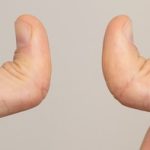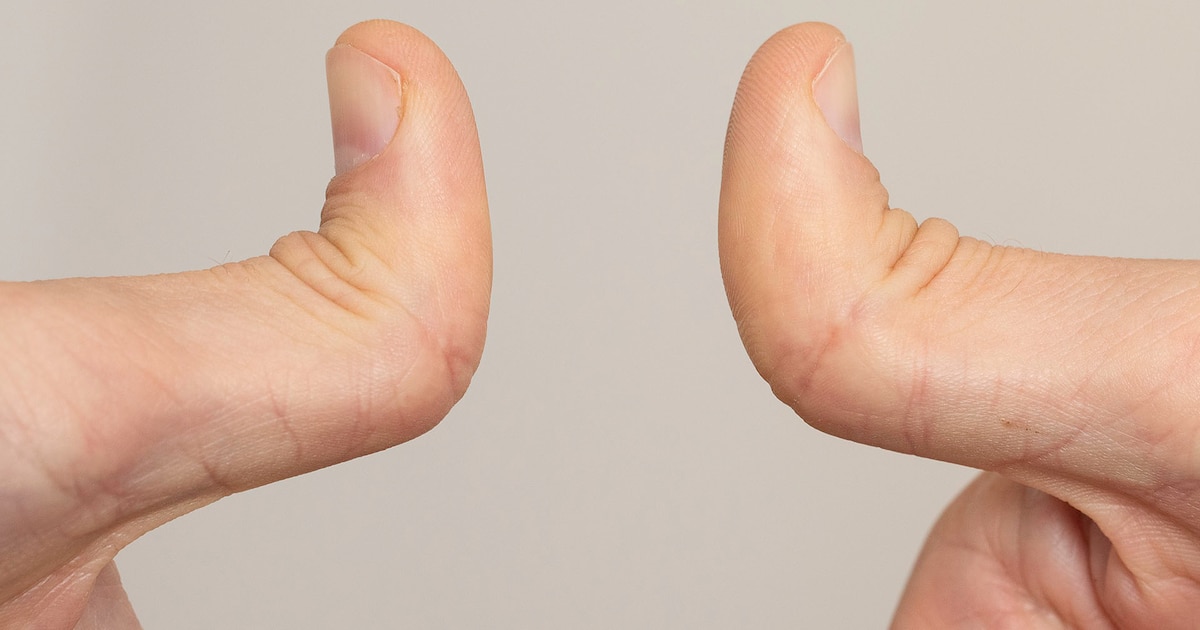



What may seem like a simple trick or impressive physical skill to some, to others can be the sign of serious health problems. The ability to extend joints beyond their normal range of motion, known as hypermobility or “double joint”, affects a large percentage of the world’s population. Although this condition has historically been viewed as harmless, recent research is revealing that it may be associated with a number of chronic problems, from persistent pain to complications related to viral infections such as long COVID.
Hypermobility, which affects the body’s connective tissue, is more common than you think. Studies suggest that between 3 and 4% of the population has general hypermobilitywhile even more people could have partial hypermobilityeither in the extremities or in other specific joints. However, not all hypermobile people experience health problems. For some, this added flexibility is an advantage, especially in activities such as dance or gymnastics. But for others, hypermobility is just the tip of the iceberg of a host of physical and systemic complications.
He connective tissue It is present throughout the body, which explains why hypermobility can lead to a series of seemingly unrelated symptoms. According to NatGeo Linda Bluesteina pain and integrative medicine specialist, this explains why people with hypermobility can develop a variety of systemic problems, from disorders gastrointestinal until chronic migraines.

An example is the mast cell activation syndrome (MCAS)in which the immune system responds exaggeratedly to stimuli, triggering allergies, food intolerances and other adverse reactions. “Once one part of the immune system is deregulated, a cascading effect of immune dysfunctions can occur,” he warns. Alissa Zingmandoctor specialized in connective tissue disorders.
One of the most disconcerting effects of hypermobility is its ability to cause problems in the gastrointestinal system. The digestive tract, made up of fine connective tissue, can be affected, leading to poor absorption of nutrients and problems such as irritable bowel syndrome. Additionally, when the connective tissue that supports blood vessels is more elastic than normal, the body may have difficulty pumping blood to the brain, causing symptoms such as brain fog, palpitations and dizziness.
Viral infections, such as COVID-19, have shown a worrying link to hypermobility. During the pandemic, there has been an increase in people developing long COVID and postural orthostatic tachycardia syndrome (POTS)conditions that have a high incidence among those with previous hypermobility. One theory suggests that viruses can trigger inflammation in connective tissue, aggravating the condition in already vulnerable people. “There is a phrase that says: ‘if the symptoms don’t connect, think about the connective tissue,’” he says. Clayton Powersphysiotherapist specialized in hypermobile patients.

Additionally, some viruses, such as SARS-CoV-2can damage collagen, the key protein that makes up connective tissue, or reduce its production. This could cause patients with hypermobility are more likely to develop chronic diseases related to viral infections. According to Jaime Seltzerscientific director of the organization ME Action, certain viruses cause collagenasean enzyme that breaks down collagen, exacerbating problems in people whose connective tissue is already weak.
Hypermobility, although often seen as a harmless or even advantageous characteristic, hides risks that are only now beginning to be fully understood. With each new advance in research, it becomes more evident that this condition can have profound and lasting effects on people’s health, particularly when combined with other immunological complications or viral infections such as COVID-19.
